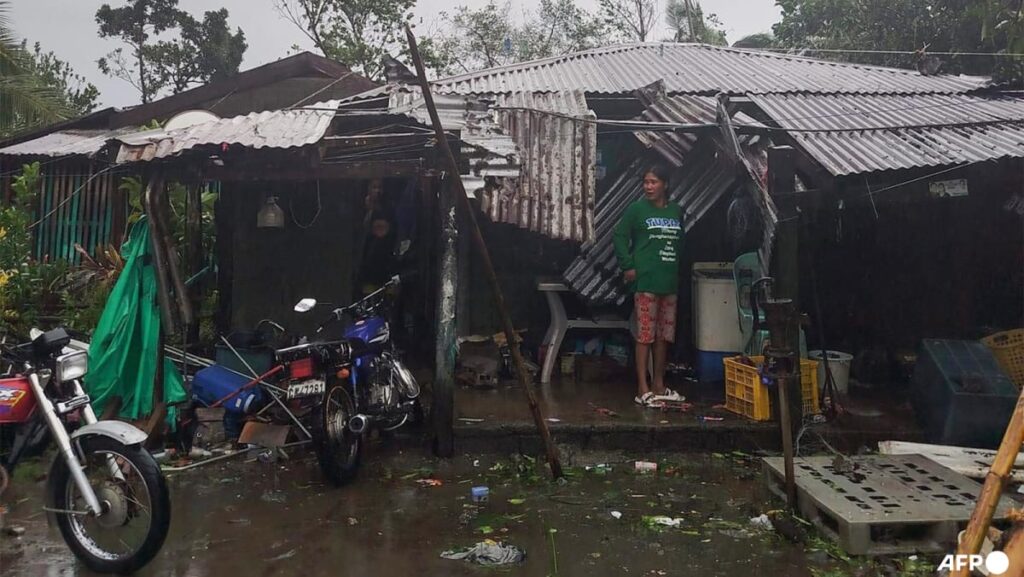The national weather agency warned of severe winds and “intense to torrential” rainfall exceeding 200mm across the north of the country, along with a “moderate to high risk of a storm surge” – giant waves up to 3m high on the north coast.
Schools and government offices were shut in areas expected to be hit hardest by the latest typhoon.
Nearly 700 passengers were stranded at ports on or near the typhoon’s path, according to a coast guard tally on Monday, with the weather service warning that “sea travel is risky for all types or tonnage of vessels”.
“All mariners must remain in port or, if underway, seek shelter or safe harbour as soon as possible until winds and waves subside,” it added.
POWERFUL GUSTS
Aurora and Isabela officials said the main impact appeared to be downed trees and power pylons that blocked major roads.
“I don’t want to send people out yet to investigate. I do not want them to be caught out by powerful gusts,” said Constante Foronda, Isabela’s disaster response chief.
The typhoon was forecast to blow out to the South China Sea late on Monday, the weather service said.
Aurora provincial disaster response chief Elson Egargue told AFP he pushed out crews to clear roads after Toraji left the province in the early afternoon.
After Toraji, a tropical depression could also potentially strike the region as early as Thursday night, weather forecaster Veronica Torres told AFP.
Tropical Storm Man-yi, currently east of Guam, may also threaten the Philippines next week, she added.
Toraji came on the heels of three cyclones in less than a month that killed 159 people.
On Thursday, Typhoon Yinxing slammed into the country’s north coast, damaging houses and buildings.
A 12-year-old girl was crushed to death in one incident.
Before that, Severe Tropical Storm Trami and Super Typhoon Kong-rey together left 158 people dead, the national disaster agency said, with most of that tally attributed to Trami.
About 20 big storms and typhoons hit the archipelago nation or its surrounding waters each year.
A recent study showed that storms in the Asia-Pacific region are increasingly forming closer to coastlines, intensifying more rapidly and lasting longer over land due to climate change.
https://www.channelnewsasia.com/asia/philippines-typhoon-toraji-evacuation-luzon-manila-4740081


